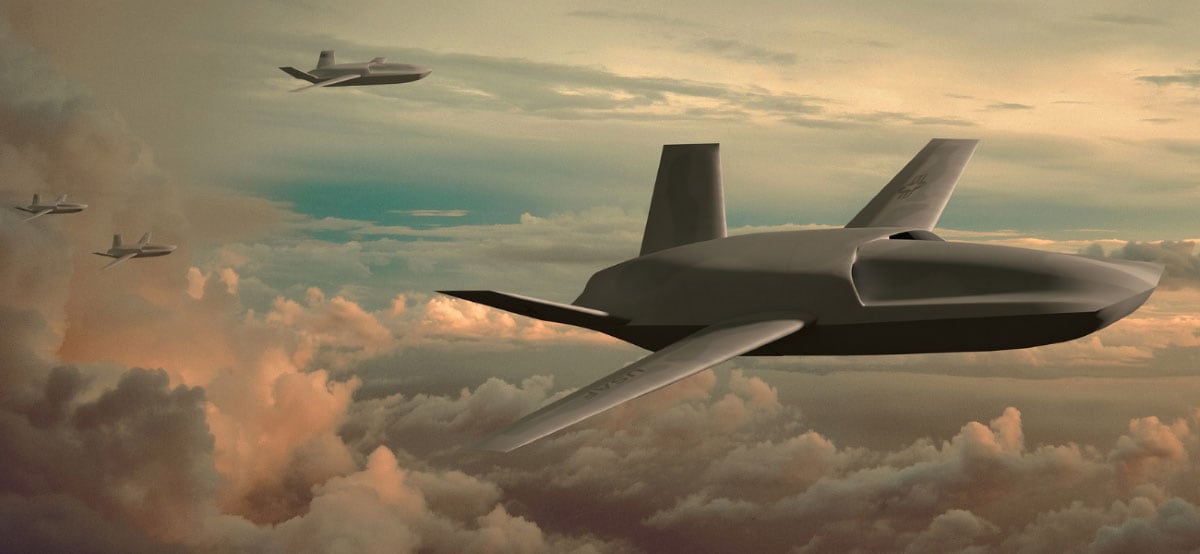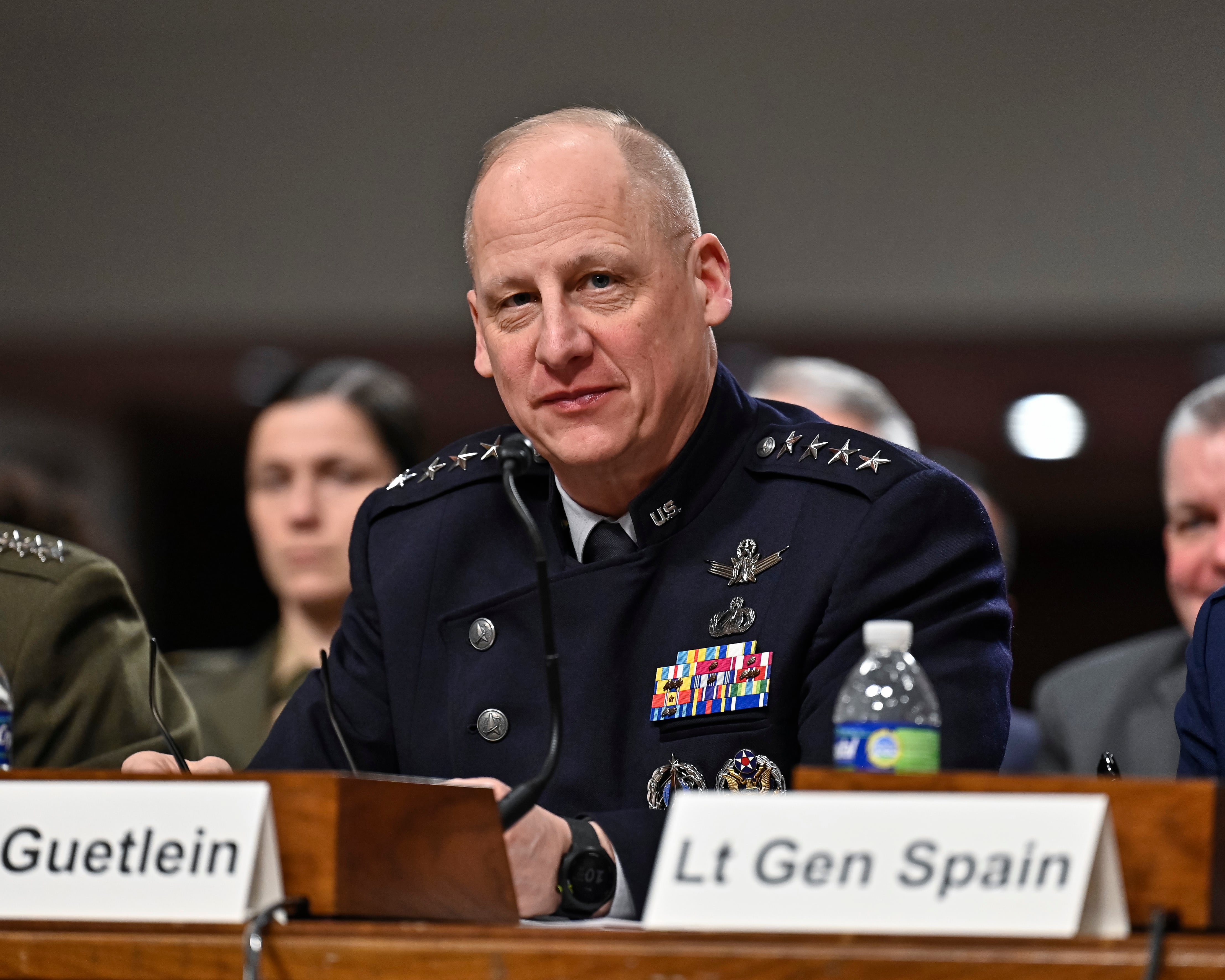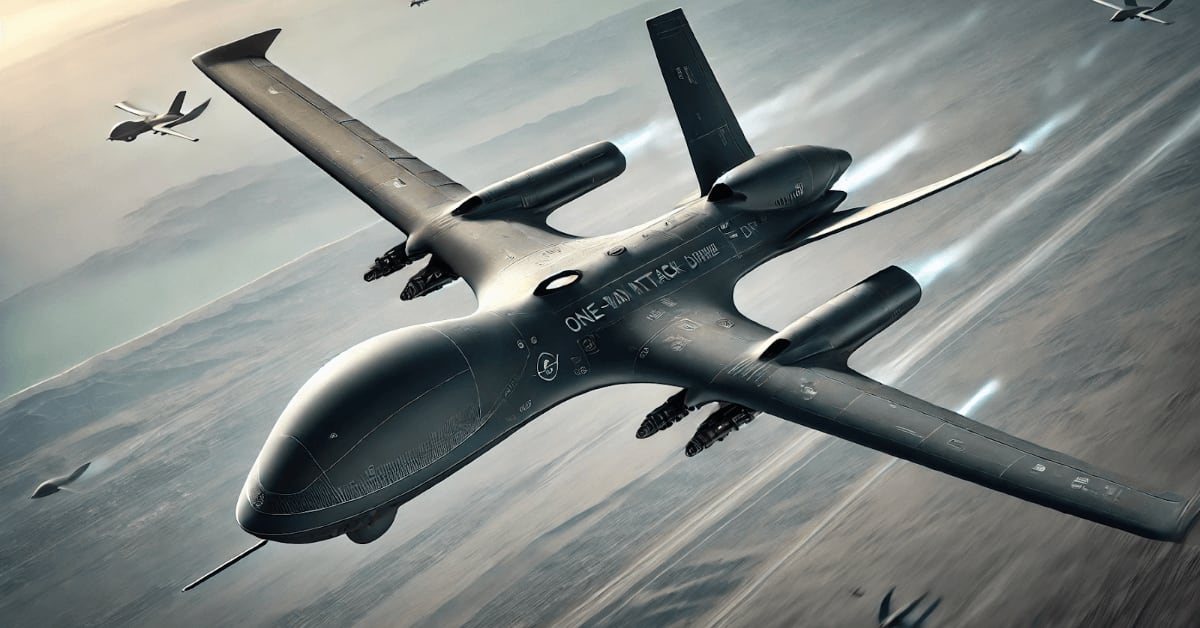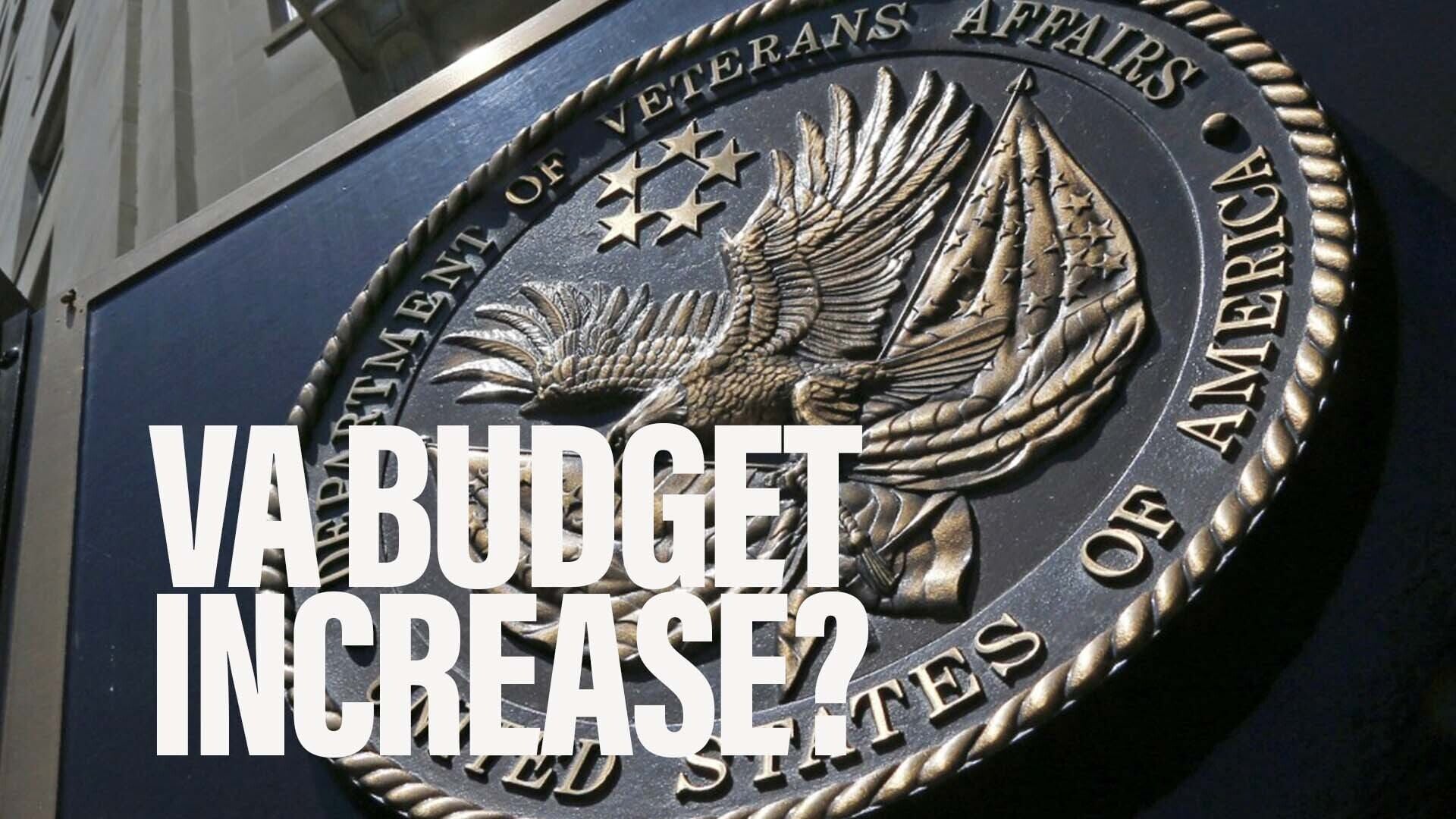Before becoming the commanding general of U.S. Army Communications-Electronics Command in April 2017, Maj. Gen. Randy Taylor says he thought of CECOM as “the ones who rebuilt comm gear after redeployment or provided high-end technical support in the field” — a serious underestimation, he admits.
But it’s because CECOM’s work, when done well, is primarily behind the scenes. With six months as commander under his belt, Taylor told C4ISRNET Editor Amber Corrin about how he sees his experience so far, his command’s mission and why battlefield proximity isn’t necessarily a measure of consequence.
What would you say you’ve learned so far in the job?
Foremost, I am learning just how much the American soldier, to fight and win, depends on CECOM to sustain expeditionary [command, control, communications, computers, intelligence, surveillance and reconnaissance] readiness. Soldiers must trust and rely on CECOM now more than ever.
The Army’s dependence on C4ISR has never been greater, and the stakes have never been higher. Winning on today’s hyper-compressed battlefield requires soldiers to fight across multiple domains — land, air, maritime, space, and cyberspace — and across the electromagnetic spectrum, seamlessly reaching from home station to extraordinarily remote and austere engagement areas. It is becoming easier for potential adversaries to threaten U.S. military dominance with the proliferation of advanced C4ISR capabilities at a lower cost, including robotics, artificial intelligence, and autonomous and remotely operated systems.
We must modernize and sustain C4ISR faster and better, if we are to stay ahead of potential adversaries. The Army spends about 30 percent of a C4ISR capability’s cost on acquiring a system and the other 70 percent on sustaining a system, both hardware and software, over the rest of its life cycle.
That is mostly because the Army upgrades, modernizes and continues to use capabilities long after they are fielded. When it comes to supporting soldiers’ post-deployment reset of C4ISR capabilities under the Army’s Sustainable Readiness Model, which is the successor to the decade-old Army Force Generation model, CECOM now has to reset in about half the time. We still have a lot to improve in that regard; it’s very important to me, and we will get it right.
How does CECOM impact soldiers on the ground?
There’s not a member of the CECOM team whose work doesn’t impact the soldier on the ground. From my C4ISR supply item managers to my depot-level workforce, I expect every one of them to show up every day and make a difference for our nation’s sons and daughters in harm’s way.
CECOM’s scope of work ranges from protecting and updating 70 percent of the Army’s software in sustainment, to maintaining the soldier’s communications and electronics equipment, to conducting interoperability and certification testing with coalition partners, to upgrading the White House’s network infrastructure. The most common statement I have heard from soldiers who visit CECOM is that they wish they’d known earlier what CECOM does. Part of my job is informing the Army about how to best utilize CECOM’s vast capabilities to modernize and sustain expeditionary C4ISR readiness.
Currently, our soldiers expect their communications officer or noncommissioned officer-in-charge to take care of their communication needs. Unit leadership, and possibly the soldier, views their assigned CECOM logistics assistance representative as the sole integrator to take care of C4ISR requirements. However, CECOM’s field interface goes well beyond the LAR and includes supporting field service representatives and field software engineers under the management of CECOM senior command representatives.
Think of it as a NASCAR driver and the pit crew. The soldier is the driver, and the LAR is the pit boss with members of the entire CECOM team providing fuel, tire replacement, body repair, and cleaning the windshield to get the driver back on the road.
Understanding this, we have the opportunity for our CECOM LARs to create conditions that facilitate self-sufficiency within the unit; I consider this our first indicator of success. If the LAR is my direct C4ISR link to the customer, then I expect them to be the most technically proficient
experts in what they are doing, I expect them to facilitate and anticipate supply and demand needs, and I expect them to give the time and attention necessary for mission success.
Can you offer a brief overview of some of the organizations that comprise CECOM, and what they provide?
Beyond the scope of the soldier’s visibility, CECOM is a large team-of-teams, and our LARs are able to leverage this vast reach. We have five critical subordinate organizations that are often well-known in their own right, but unknown as belonging to CECOM.
As an example, CECOM’s organic industrial base, Tobyhanna Army Depot, or TYAD, maintains more than half of all communications and electronics equipment for the Department of Defense. TYAD’s full-spectrum logistics support to the soldier include fabrication, integration and field support to C4ISR systems.
With 51 forward depot-level locations worldwide, approximately 20 percent of our TYAD professionals are in the field actively supporting our units. For instance, a unit was having issues operating their Blue Force Tracker sets in theater. Prior to deploying, the unit had difficulty identifying the parts and software needed to ensure correct BFT operations. TYAD personnel were able to coordinate with the unit’s field location to identify the issues and troubleshoot and operationalize mission-essential equipment.
CECOM’s Central Technical Support Facility team performs Army Interoperability Certification testing and configuration management for all operational through tactical-level C4I systems, applications and hardware prior to release to the field. By using Training and Doctrine Command-approved mission threads and executing them from end-to-end, CTSF demonstrates that the network will operate together as intended in the field.
As an example, a unit conducting training operations had an issue conducting a digital call-for-fire mission from an Apache. Because CTSF demonstrates that mission during AIC testing, they were asked by the aviation community to provide instructions regarding network settings. Together with our partners, we documented the communication path for a digital call-for-fire and identified that the issue was due to recent changes in equipment and methodology. The team was able to provide TRADOC information to update future aviation training products.
You may have heard about CECOM’s Software Engineering Center for their work in hardware and software sustainment. Most soldiers don’t think about software on a day-to-day basis, but the systems our SEC provides touch them daily.
When they go to the dining facility and scan their badge to eat, SEC sustains the food management system; when they need supplies, SEC sustains the logistics systems that make it happen; and when our soldiers are in the command post or platforms, SEC is sustaining the C4ISR systems.
One of the most critical items SEC provides the soldier is force protection — they write and field the software that protects our aircraft from enemy radar and missiles, as well as the software updates used to protect ground troops from remote-controlled improvised explosive devices. The threats change very rapidly, and SEC continuously works with TRADOC to optimize software development and testing processes to ensure rapid delivery to the field.
Additionally, last year, CECOM’s higher headquarters, Army Materiel Command, assigned Operational Control of the Army Communications-Electronics Research, Development and Engineering Center and the Army Contracting Command – Aberdeen Proving Ground to CECOM. These partnerships allow us to align technology efforts within the C4ISR portfolio and ensure the Army maintains its competitive advantage.
Any final thoughts?
To quote Gen. Douglas MacArthur, ‘The history of failure in war can almost be summed up in two words: Too late.’ As a global organization, I believe that our proximity to the battlefield is not a direct correlation to our contribution. We have a tremendous responsibility, wherever we are, to make sure our soldiers have everything they need to execute mission command effectively when they face an adversary. This responsibility belongs to all of us, and there is absolutely no room in our workplace for complacency. Every position on the CECOM team impacts our soldiers and their readiness. Understanding this is what motivates us and is at the core of our success.








